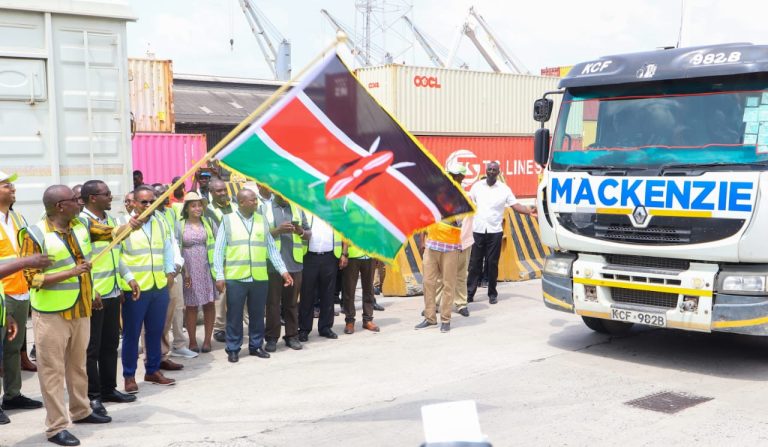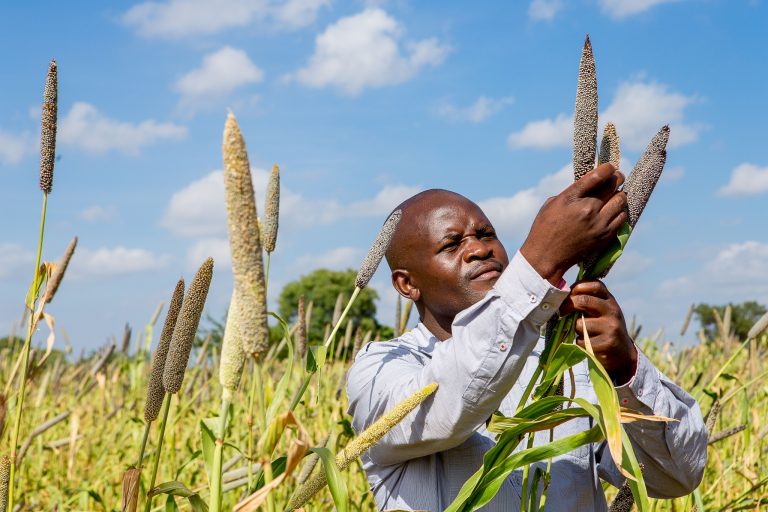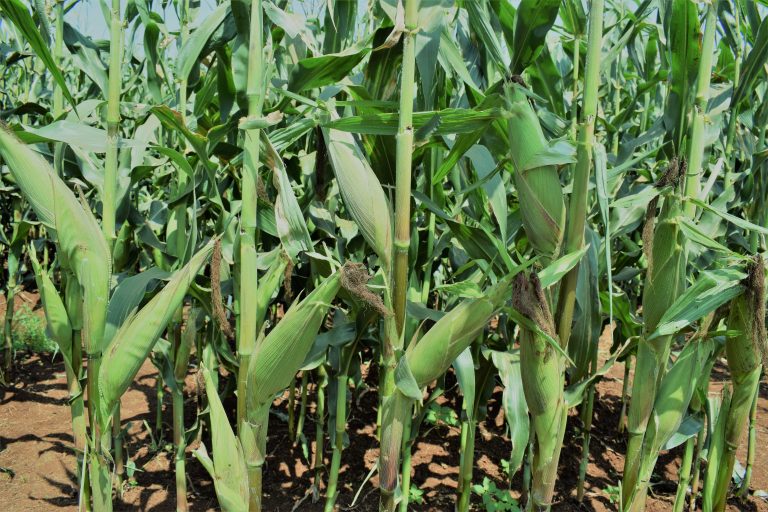By David Ndegwa
Tough times never last but tough people do. The cost of producing food is on the roof at the moment due to skyrocketing prices of all inputs led by fertilizers. Last year the price of a 50kgs DAP was Kshs 2800 and it is now retailing above Kshs 6300 which is a 125% increase.
It is important to note that fertilizer is the only input especially if one is operating below the optimum point that an increase in quantity does not result in an increase in the cost of production per unit. Let me explain this.
For an acre of maize to produce around 20 bags, a certain quantity of Nitrogen (N), Phosphorous (P), and Potassium (K) plus trace elements must be absorbed from the soil. If the soil has no nutrient reserves and no supplements are added, the 20 bags can’t be achieved. If the seed potential is to produce 40 bags and the nutrients required can be met from the soil reserve and the supplements and with adequate moisture to dissolve the nutrients, then 40 bags would be achieved.
The point I am driving home is that production is largely a factor of nutrient availability and lack of adequate nutrients can’t be compensated by “wishful thinking.”

If an acre of maize requires 2 bags of DAP to produce 30 bags of maize, a 50% reduction in fertilizer will be very unforgiving and would result in almost a proportionate reduction in yields. As the yield falls, other management practices like weeding, pest control, and the rest will remain the same and this is the easiest route to loss-making.
The advisable thing during these hard times of high fertilizer cost is to maintain the fertilizer application rate but reduce the area under production. For example, instead of using 1 bag of DAP per acre, use 1 bag in half an acre.
A number of questions have been asked about using organic fertilizer or substituting inorganic for organic. The question is very simple. Fertilizer application is based on the concentration of NPK.
Let’s look at DAP which has 18% N and 46% P2O5. We were on the substitution of inorganic fertilizer with organic. Let me start by clarifying that what matters in fertilizer is the concentration of nutrients or the active ingredients but not the carrier materials. What we call organic or inorganic fertilizers contain the active ingredients ie NPK plus others in the respective carrier. That organic carrier is not absorbed by the plant and it’s the nutrients that get absorbed. I am yet to see an Organic K+ (Potassium ion).
Talking about manure, it is an organic fertilizer. I have taken to the lab several manure samples and the nutrient composition falls within these ranges;
N 3% – P2O5 2% – K2O 2%
Let’s compare these with NPK 17.17.17. What’s the meaning of this?
The meaning is that the manure has 3% Nitrogen while the inorganic fertilizer has 5.6 times more Nitrogen.
If for example, the recommendation is to apply 2 bags of NPK per acre = 100kg with 17% Nitrogen. You require 560 kgs of manure in order to match that. Please let’s not confuse weight with volume. 560kgs of manure would approximately be 28 bags assuming 20 kgs of manure would fit in a 50 kg fertilizer bag.
If you consider the cost, am sure matching fertilizer with manure would be more expensive even at this time when fertilizer is as high as it is.
Is it then necessary to use manure? Yes, it is necessary because manure plays 2 major roles that inorganic fertilizers can’t do to the soil. These are:
1. Soil aeration
2. Water retention.
These two factors are important in crop production and they dictate how manure is supposed to be applied to the soil. This is mixing with the soil where roots will be and not placing it at the top.





